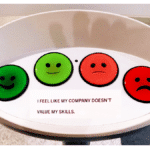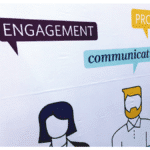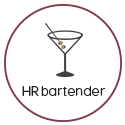Estimated reading time: 3 minutes
One of the big decisions that organizations are facing right now has to do with where work gets done. Is it onsite? Or maybe remote? Maybe it could be done in either?
This might not sound like a hard decision…but I think it’s more complicated than it looks. One location could make the work take longer and negatively impact productivity. Some work might involve multiple people and get completed faster if everyone was in the same location. Now could be the perfect time to re-examine the work that employees need to complete and figure out the best location for that to happen – a location that makes sense for the business and the employee.
Which is why it might be helpful to create a decision tree to facilitate the process. A decision tree is a way to flowchart the criteria that will be used to make the decision. For example, the U.S. Air Force put together a decision tree to explain their rules of engagement for social media.
I started thinking about decision trees and work location after reading Keith Ferrazzi’s new book “Competing in the New World of Work: How Radical Adaptability Separates the Best from the Rest”. There’s a section in the book that talks about “decision dials” in reference to work. I don’t want to give away too much in the book, but some of the factors that Ferrazzi says organizations need to think about include:
- Can the work be automated, or must it be completed by a person?
- Is the work project-based (and able to be completed by a freelancer) or traditional (and completed by an employee)?
- Should the work be completed onshore or offshore?
- Can the work be completed by an individual contributor, or does it need to be done by a team?
That’s what makes me think a decision tree would be a helpful starting point. Organizations can develop their list of factors to consider. If you need some guidance on establishing the factors, Ferrazzi’s book is a solid place to start, and it has data to back up the list.
Personally, I believe organizations have a real opportunity to improve the employee experience and their bottom-line by bringing flexibility into work. And HR departments are well positioned to be the architects of this new work environment. We can help the organization redesign where the work gets done. Employees can be more productive, which will make them happy. Companies can benefit from better productivity, which makes them happy.
There aren’t many times when we can create a situation where both employees and employers benefit. Work flexibility could be one of them. But it does take doing some research and outlining a decision making structure that will create equity – based on the work that needs to be done.
20







